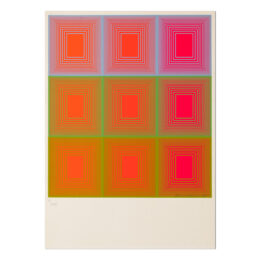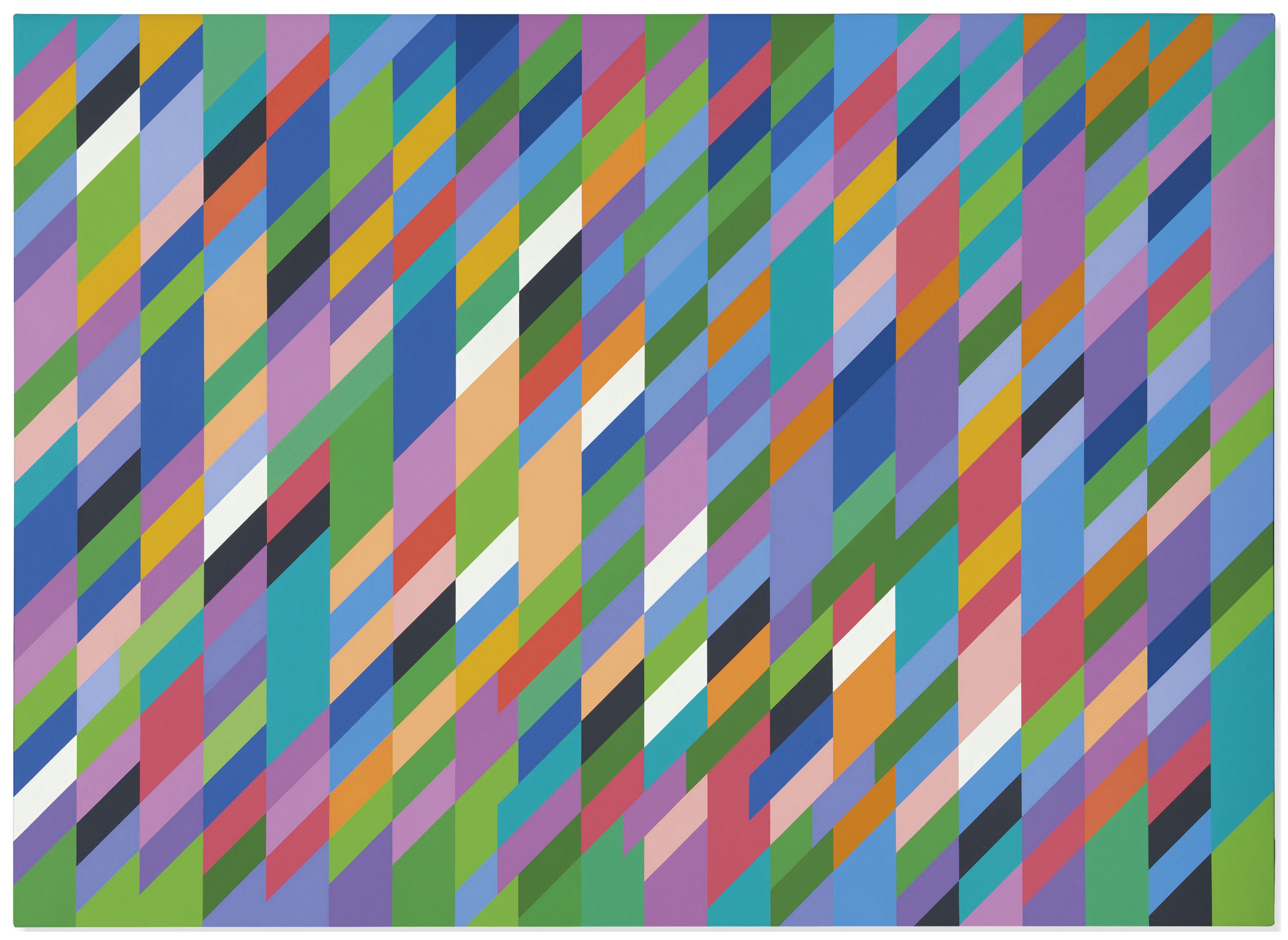


Op artists, also known as Optical art artists, created a branch of geometric abstract art from the mid-20th-century, commonly recognised as an optical illusion. It’s achieved when an artist cleverly manipulates particular colours and shapes so that the eye is drawn in almost by being mesmerised, and the brain starts interpret the effect based on perspective illusion.
A good example of Op art is in “magic eye” pictures, where the image is such that the brain often starts to ‘see’ things that aren’t actually there. In paintings, the most usual medium of Op art, the surface tension is often ramped up to the point where the person viewing the piece will perceive a flickering or pulsating.
Op art is indirectly related to certain other 20th-century European art styles such as Suprematism, Orphism, Futurism and Constructivism, particularly due to its emphasis on dynamism and pictorial movement. The popular artists of this movement were different from earlier artists working in geometric styles due to their purposeful aim in creating perceptual illusions, contradictions and ambiguities in the eyes of the viewer.
The Op art movement first attracted international attention with the exhibition “The Responsive Eye” at the Museum of Modern Art in New York City in 1965. After it emerged in the later part of the 1950s and ’60, principal artists of the Op art movement included Victor Vasarely, Heinz Mack, Martha Boto and Bridget Riley. These artists painters created complex and paradoxical optical spaces using effects such as concentric circles, parallel lines and checkerboard patterns, and or by building chromatic tension by juxta positioning both complimentary and opposing colours of the same intensity. These spaces make it appear that the artwork is moving, as the viewer’s eye is prevented from resting for long enough on any single part of it to be able to decipher it literally.